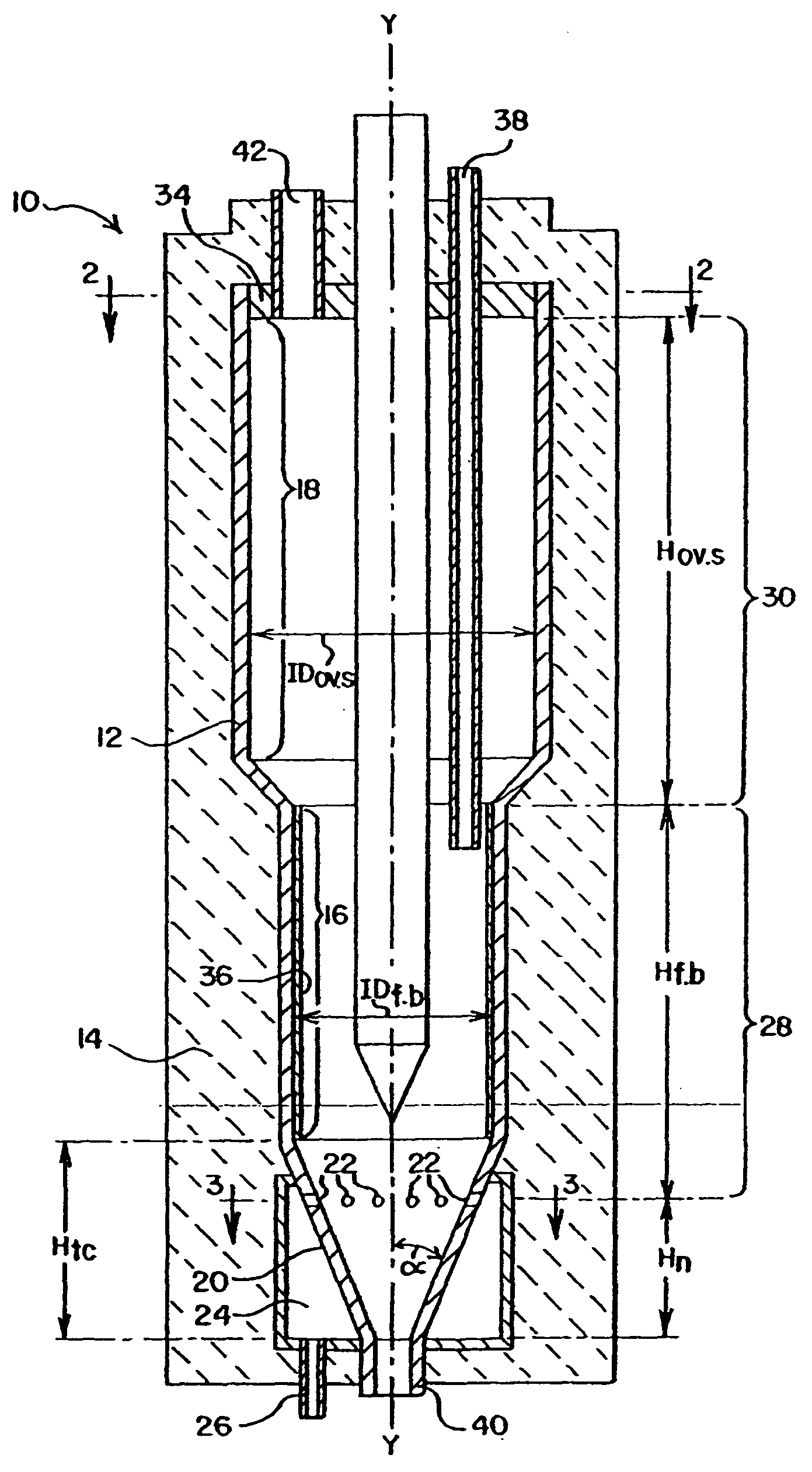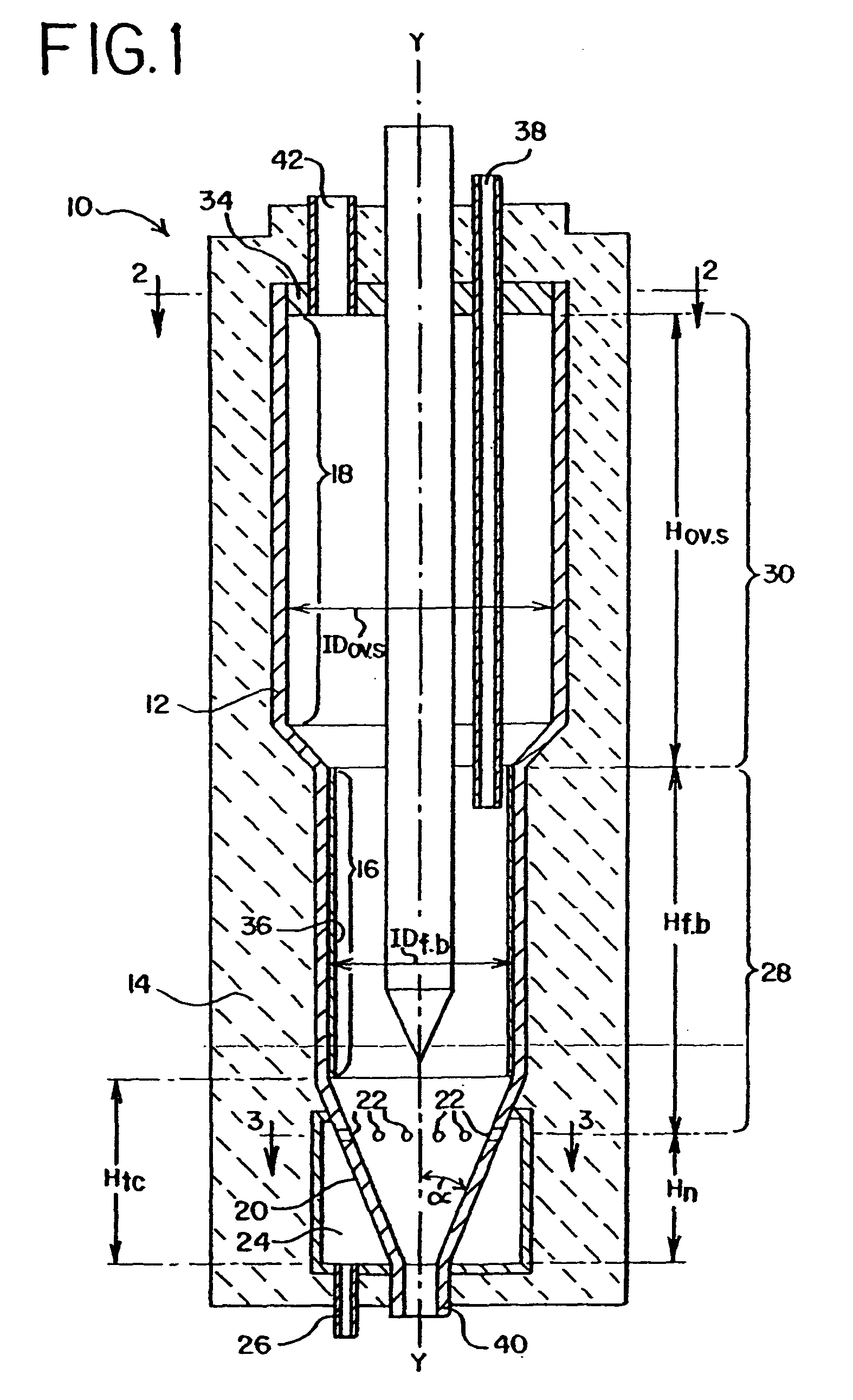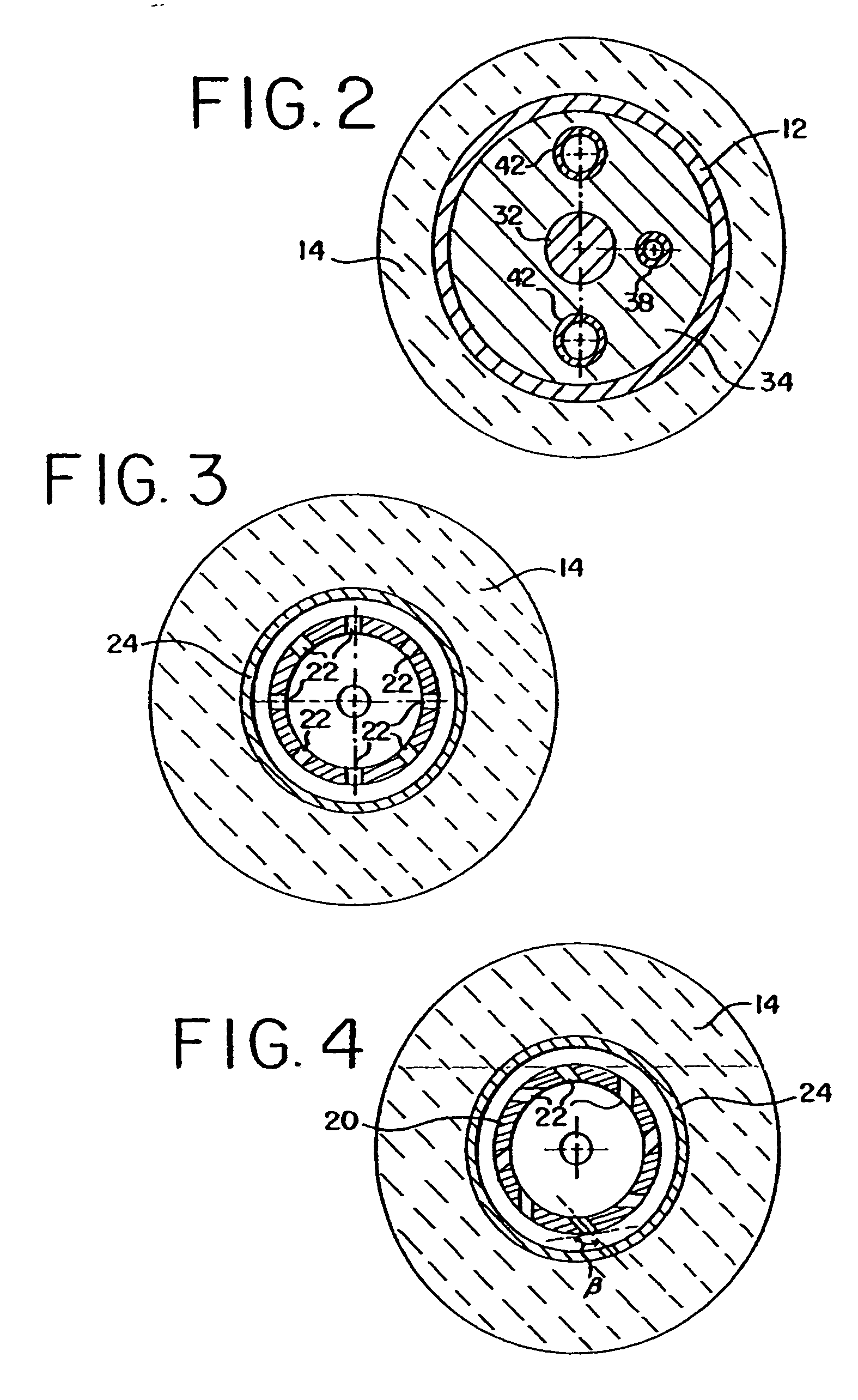Thermally modified carbon blacks for various type applications and a process for producing same
a technology of carbon blacks and furnaces, applied in the direction of fuel cell details, electrochemical generators, cell components, etc., can solve the problems of limited number of furnace carbon black grades available, difficult to produce such high purity carbon blacks for commercial use in sufficient quantities or with a production time sufficiently short to permit, and limited morphology of grades
- Summary
- Abstract
- Description
- Claims
- Application Information
AI Technical Summary
Benefits of technology
Problems solved by technology
Method used
Image
Examples
examples
Under this area of application for heat modified carbon black, we describe examples of test results in the Zinc-carbon and alkaline cells. There are similarities between the above and other battery systems, which allow us to extend our claims to a great many other battery systems, which are listed later.
example # 1
Example #1
Zinc-Carbon Dry Cell Applications
Carbon blacks arc used in dry nell (zinc-carbon batteries). The application for the carbon black is in both the positive electrode and in carbon rods of this battery system.
In this application in the present invention, there is utilized the continuous heat treatment process as disclosed therein, for thermally modifying a range of furnace carbon blacks by heat treating to 800-3,000 degrees centigrade for the purpose of improving their performance properties in dry cell batteries.
In the battery mockup test results work (performed at Center for Energy Research at SPIC Science Foundation, India) reported, all the tests were carried out at 25 mA 50 MA and 100 mA discharge current and the results are given in Table 12. The composition of the cathode was maintained at MnO2 (87.5%)+Graphite (2%)+carbon sample (10.5%)+ZnCl2 (30%).
The capacity of all the samples tested are higher at this lower discharge current. However the trend w.r.t. to su...
example # 2
Example #2
Heat Treated Carbon Black in Alkaline Cells
In order to prove a concept of the increased conductivity of the carbon black upon its heat treatment, the alkaline cells of the electrochemical system Zn / KOH / MnO2 have been built and tested. The findings are reported herein.
The electrochemical cells of the alkaline Zinc-manganese dioxide system (LR2016 size) have been manufactured and tested at the Superior Graphite Co. The abstracts below describe battery design and the procedures used by authors for manufacturing and testing of batteries.
The typical electrochemical device used for testing was a coin cell of a standard 2016 size (20 mm diameter and 1.6 mm high), please see FIG. 5. The stainless steel housing for such cells is available from Hoshen, a Japan corporation. FIG. 5 schematically represents the cutaway view of the cell. The construction of such cells can be referenced to the published literature1.
1D. Linden. Handbook of Batteries and Fuel Cells. / McGraw-Hill Book...
PUM
| Property | Measurement | Unit |
|---|---|---|
| particle size | aaaaa | aaaaa |
| temperature | aaaaa | aaaaa |
| particle size | aaaaa | aaaaa |
Abstract
Description
Claims
Application Information
 Login to View More
Login to View More - R&D
- Intellectual Property
- Life Sciences
- Materials
- Tech Scout
- Unparalleled Data Quality
- Higher Quality Content
- 60% Fewer Hallucinations
Browse by: Latest US Patents, China's latest patents, Technical Efficacy Thesaurus, Application Domain, Technology Topic, Popular Technical Reports.
© 2025 PatSnap. All rights reserved.Legal|Privacy policy|Modern Slavery Act Transparency Statement|Sitemap|About US| Contact US: help@patsnap.com



